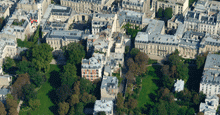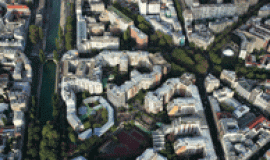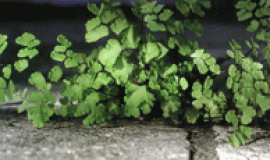
This three-year study 2009/2010/2011 which is a part of the Apur partnership work programme and is entitled “Situation and long-term view of the place of nature in Paris”, has the objective of exploring the role of nature in densely urbanised cities, what social behaviour patterns are linked to it and how its role could be reinforced, improved and transformed in order to regulate the harmful effects of the city on the environment and sustainably improve the quality of urban life.
These documents were published in a first volume which brings together the summary reports of the nine themed workshops aimed at establishing clear descriptions of the various sites which make up the natural heritage of Paris and serve as a basis for identifying areas to be explored in long-term planning which will be the subject of a second volume which is in preparation (publication date, summer 2011).
In 2009 and 2010, these workshops brought together technical management services, services in charge of urban development, designers as well as scientists (biologists, naturalists, geographers, sociologists). They have allowed people to exchange opinions, to better understand the ecological, social and cultural characteristics of each kind of space as well as their possible evolution.
They have covered successively:
- the Seine (in 2009),
- the outer ring road -Boulevard Périphérique- in the green belt (in 2009),
- the little circular railway line -la Petite Ceinture Ferroviaire- (in 2009),
- the canals (in 2010),
- the woods -Bois- (in 2010),
- public space (in 2010),
- parks and gardens (in 2010),
- private spaces (in 2010),
- cemeteries (in 2010).


